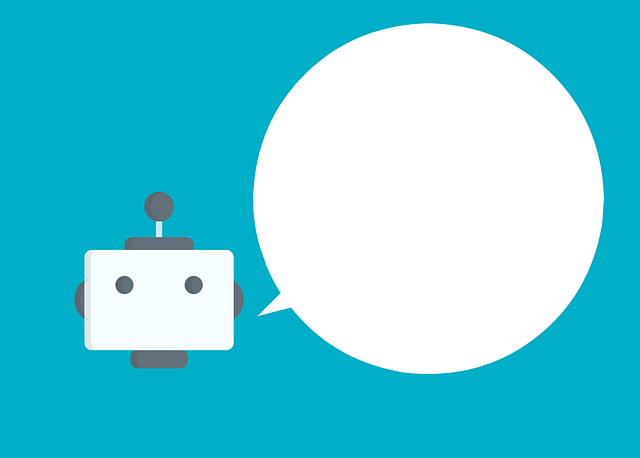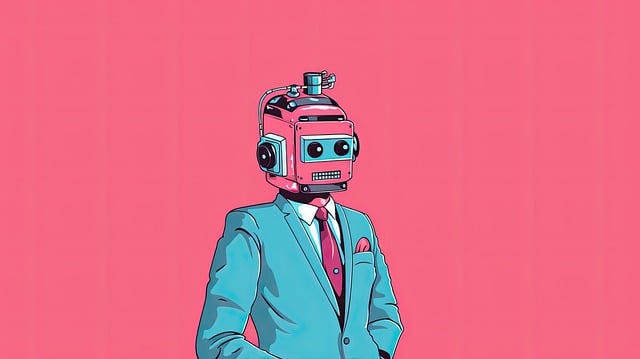AI chatbots have undergone remarkable advancements, becoming more sophisticated and integral across various sectors, including healthcare, education, finance, and entertainment. These systems now mimic human conversation through text or voice interfaces, leveraging cutting-edge technology in natural language processing, machine learning, and deep learning to enhance their conversational abilities. The evolution of chatbots has led to significant improvements in user experience and efficiency, with innovative features like sentiment analysis, multilingual support, and integration across platforms ensuring consistent and secure interactions. Advanced analytics within these AI entities offer businesses valuable insights for informed decision-making and personalized customer engagement strategies. Notably, OpenAI's GPT-3, Google's Meena, IBM's Watson Assistant, Ada Health's health tool, and Kasisto's KAI are examples of chatbots that excel in different applications. As these AI systems continue to learn from interactions and evolve, the future holds promise for even more natural, context-aware, and emotionally intelligent conversations. The trajectory suggests a future where chatbots not only communicate effectively but also anticipate needs, personalize experiences, and create synergies that simplify daily tasks, streamline operations, and enhance user engagement in unprecedented ways.
2023 marks a pivotal juncture in the evolution of conversational interfaces, with AI chatbots emerging as transformative tools across diverse sectors. This article delves into the current state and future trajectory of AI chatbots, exploring their capabilities, top models, and the trends shaping their development. From mastering natural language processing to providing seamless user experiences, chatbots are redefining customer engagement and automation. Join us as we navigate the landscape of AI chatbots, identifying their defining features and showcasing the most innovative chatbot solutions available today.
- Understanding the Landscape of AI Chatbots
- Key Features that Define Cutting-Edge Chatbots
- Top AI Chatbots and Their Unique Offerings
- The Future of AI Chatbots: Trends and Predictions
Understanding the Landscape of AI Chatbots

In recent years, AI chatbots have become increasingly sophisticated, carving out a significant niche in various industries and consumer applications. These intelligent systems are designed to simulate human conversation by engaging users through text or voice interfaces. The landscape of AI chatbots is marked by a diverse array of technologies that cater to different needs and sectors. From customer service bots handling routine inquiries to advanced conversational agents capable of more nuanced interactions, the evolution of chatbots has been both rapid and transformative. Key players in this domain continuously innovate, enhancing the capabilities of chatbots through natural language processing, machine learning, and deep learning techniques. This not only improves their understanding and response quality but also expands their applicability across fields such as healthcare, education, finance, and entertainment. As businesses and consumers alike increasingly rely on AI chatbots for efficiency and engagement, the technology’s landscape is continually reshaped by new advancements and use-case scenarios. Understanding this dynamic environment is crucial for anyone looking to leverage chatbot technology effectively, whether for customer interaction, operational automation, or personal assistance.
Key Features that Define Cutting-Edge Chatbots

leading-edge AI chatbots exhibit a range of sophisticated features that set them apart from their predecessors. One of the most defining characteristics is their advanced natural language processing (NLP) capabilities, which allow for more nuanced and contextually relevant conversations with users. This means they can understand and respond to a wide array of human queries with greater accuracy, making interactions feel more natural and less automated. Additionally, these chatbots are equipped with machine learning algorithms that enable them to learn from each interaction, continuously improving their responses over time. They are also designed to handle multiple languages and dialects, broadening their accessibility and effectiveness in diverse environments. Furthermore, security features are paramount; top-tier chatbots incorporate robust encryption protocols and data privacy measures to protect user information and maintain trust. The integration of these chatbots with various platforms, from customer service portals to social media channels, ensures a seamless user experience across different touchpoints. Their ability to analyze sentiment and detect emotional cues further enhances their utility, as they can respond in ways that are empathetic and contextually appropriate. Advanced analytics capabilities allow businesses to gather insights from chatbot interactions, informing decision-making processes and personalizing customer experiences even more effectively. As a result, the best AI chatbots represent a significant leap forward in how businesses engage with their customers and manage their operations.
Top AI Chatbots and Their Unique Offerings

1. The landscape of AI chatbots is populated with a variety of sophisticated systems, each offering unique capabilities that cater to different needs and industries. OpenAI’s GPT-3, for instance, stands out with its remarkable ability to generate human-like text responses, making it ideal for applications ranging from customer service to creative content generation. Its large-scale language model can understand and respond to queries in a way that mimics natural human conversation, providing users with an intuitive and responsive experience. Another notable AI chatbot is Google’s Meena, which excels in engaging users in long-form conversations due to its training on a diverse set of dialogues. This allows it to handle complex chats more effectively compared to other models. IBM’s Watson Assistant offers robust integration with enterprise systems, allowing businesses to leverage chatbot technology for enhanced customer engagement and operational efficiency. It combines the power of AI with cloud-based functionalities, enabling seamless interaction across various channels.
2. Beyond these, there are specialized chatbots tailored for specific sectors such as healthcare, finance, and e-commerce. For example, Ada Health’s chatbot assists users in navigating health concerns by providing personalized medical information, whereas Replika serves as a companion AI to support mental well-being. In the financial sector, chatbots like Kasisto’s KAI provide advanced personal banking services and financial advice, making them invaluable tools for customers seeking real-time assistance. These chatbots are not just about answering queries; they offer a range of functionalities from scheduling appointments to processing transactions. They are designed to learn from interactions, continuously improving their responses and performance over time. This adaptability ensures that users receive increasingly accurate and helpful support with each interaction. As the technology advances, we can expect even more sophisticated chatbots to emerge, further enhancing their roles in various aspects of our daily lives.
The Future of AI Chatbots: Trends and Predictions

As AI technology continues to advance, chatbots are poised to become increasingly sophisticated and integral to various industries. The future of AI chatbots is marked by a trend towards more natural interactions, with improvements in natural language processing enabling chatbots to understand and respond to human queries with greater nuance and accuracy. Machine learning algorithms are being fine-tuned to recognize context and emotional cues, allowing for more meaningful and personalized conversations. This evolution signifies a shift from task-specific applications to conversational partners capable of handling complex interactions and providing assistance across a broader range of topics.
In the coming years, AI chatbots are expected to integrate with other technologies such as augmented reality (AR) and Internet of Things (IoT) devices. This integration will create new opportunities for chatbots to provide enhanced services in fields like customer support, healthcare, and education. Predictive analytics capabilities will allow chatbots to anticipate user needs and proactively offer solutions. Furthermore, advancements in personalization algorithms will enable chatbots to deliver highly tailored experiences by learning from individual interactions. The future of AI chatbots is not just about mimicking human conversation but creating synergies that can simplify daily tasks, streamline operations, and foster deeper connections between users and services. As these technologies mature, the potential for AI chatbots to revolutionize the way we interact with digital systems becomes increasingly evident.
2023 has marked a significant leap forward in the realm of AI chatbots, with advancements shaping how businesses and consumers interact with technology. This comprehensive analysis has illuminated the diverse landscape of AI chatbots, highlighting their key features that distinguish cutting-edge models from their predecessors. From the top AI chatbots showcased, it’s evident that each offers unique capabilities tailored to various needs, indicating a maturation in the field. As we look ahead, the trends and predictions for the future of AI chatbots promise even more sophisticated and human-like interactions, signaling a transformative trajectory for this technology. Companies must keep pace with these developments to stay relevant and competitive. In conclusion, AI chatbots are not just reshaping customer service; they’re paving the way for a new era of seamless, intuitive communication across all sectors.
